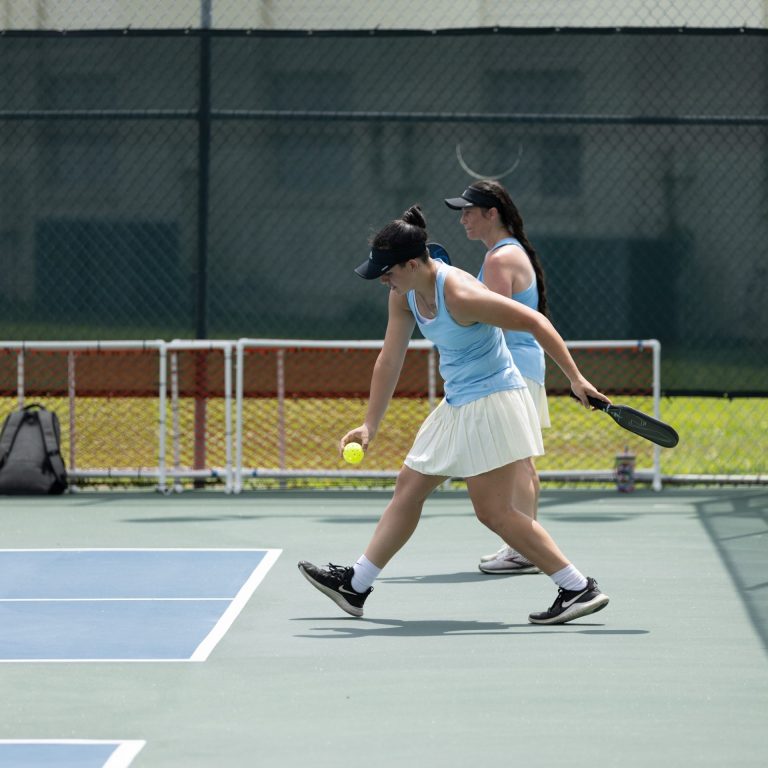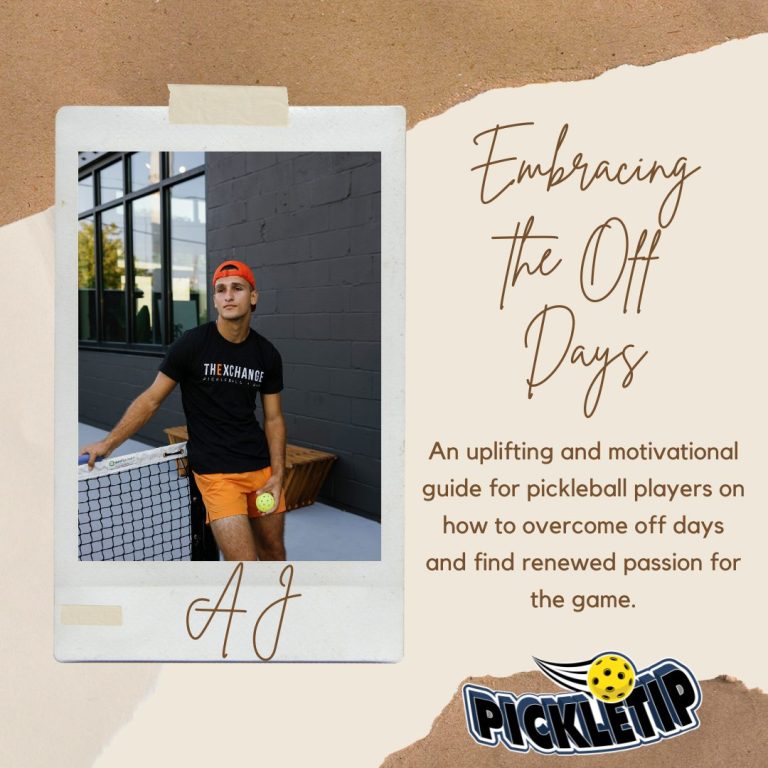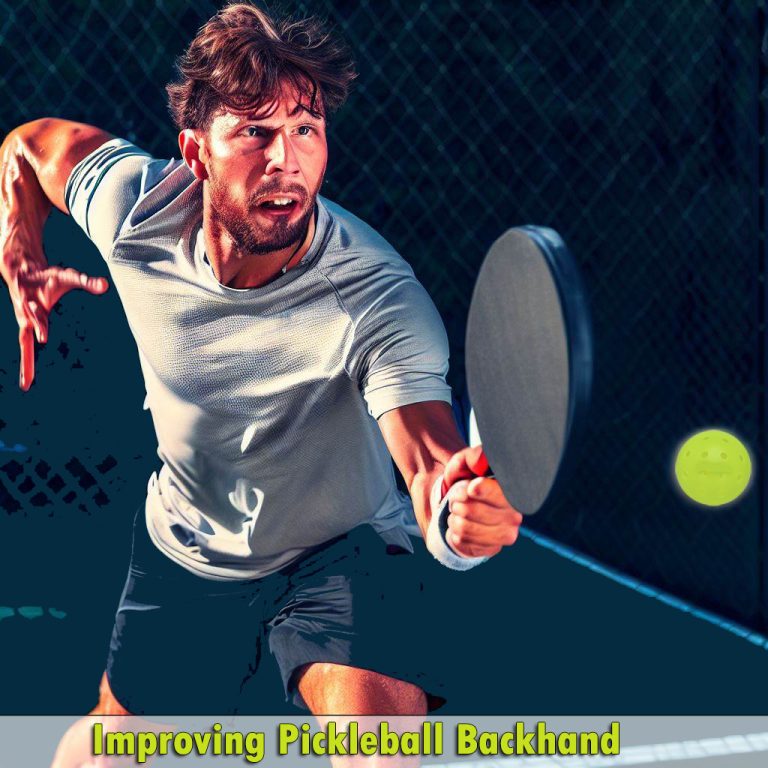Mastering the Perfect Pickleball Stance
Pickleball Stance: An Introduction
Pickleball, a sport that combines elements of tennis, badminton, and table tennis, demands precision, agility, and a keen understanding of the game’s dynamics. One of the foundational aspects that can significantly influence your gameplay is your pickleball stance. In this comprehensive guide, we’ll explore the various stances in pickleball, their applications, and the pivotal role of the split step.

The Significance of a Neutral Pickleball Stance
At the kitchen line, a neutral stance is paramount. Players often face speedups, leaving minimal time to react. Leaning away from the ball, a common instinctual reaction, can alter the paddle’s angle and the ball’s direction, leading to unintended gameplay outcomes. Emulating the unflinching mamba instincts of legends like Kobe Bryant can ensure better control and precision in such scenarios.
Dangers of Leaning Backward
Leaning backward, especially during intense moments, can jeopardize your shot’s accuracy. This often results in a pop-up, making you an easy target for your opponent. An improper stance can also disrupt your balance, affecting your overall gameplay.
Decoding Different Pickleball Stances
Ready Stance in Pickleball
The most basic stance in pickleball, the ready stance, is adopted when awaiting the ball. It’s a neutral position that offers flexibility to move swiftly in any direction. Players typically use this stance at the kitchen line or when uncertain about the opponent’s next move.
Open Stance in Pickleball
Primarily used for forehand shots, the open stance involves dropping the foot on the paddle side slightly back. This allows for a comprehensive rotation of the hips and shoulders, making it ideal when on the move or when there’s limited time to set your feet.
Closed Stance in Pickleball
The antithesis of the open stance, the closed stance is favored mainly for backhand shots. Here, the foot on the paddle side steps forward, allowing the player to face the net directly. This stance offers stability, especially when there’s ample time to prepare for the shot.
Square Stance for Pickleball Baseline
When at the baseline, especially during serves or returns, the square stance is the go-to choice. With both feet parallel to the baseline, it provides a stable foundation for powerful shots.
Defensive Stance in Pickleball
When on the defensive, especially during smashes or rapid volleys, players adopt a lowered stance with more bent knees. This position facilitates quick reflexes and aids in lifting the ball over the net.
Pickleball Stances for Different Court Areas
Baseline Stance
At the baseline, the square stance reigns supreme, especially during serves and returns, ensuring the necessary stability for forceful groundstrokes.
Kitchen Line Stance
The kitchen line sees a dominance of the ready stance, enabling players to respond promptly to volleys and dinks. When anticipating smashes, the defensive stance becomes the preferred choice.
Mid-Court Stance in Pickleball
In the mid-court region, players might oscillate between an open or closed stance based on the incoming shot. The ready stance also finds its utility here, especially when advancing to approach the net.
Unraveling the Split Step in Pickleball
A quintessential movement in pickleball and several other racquet sports, the split step is a brief hop or bounce that transitions players from a stationary to a moving stance. It’s all about impeccable timing and anticipation.
Purpose of the Split Step
The split step readies players to move swiftly in any direction. It’s a preparatory move ensuring players remain agile and not flat-footed. This “ready to move” position equips players to react faster to their opponent’s shots.
Execution of the Split Step
As the opponent gears up to hit the ball, players execute a minor hop. Upon landing, with weight evenly distributed on both feet, they’re primed to push off in any direction. The crux is to synchronize the landing with the moment the opponent strikes the ball, ensuring the player is set to move as soon as they discern the ball’s trajectory.
Application of the Split Step
The split step is indispensable at the kitchen line, where lightning-fast reactions are the order of the day. However, its utility spans the entire court, be it at the baseline awaiting a serve or in mid-court anticipating a drop shot.
Pickleball Stance
Perfecting the pickleball stance and understanding the split step’s significance are instrumental in enhancing your gameplay. These techniques, when diligently practiced and refined, can markedly boost your court performance. Whether a novice or a seasoned player, always reverting to the fundamentals and continually honing your skills is the key.








One Comment